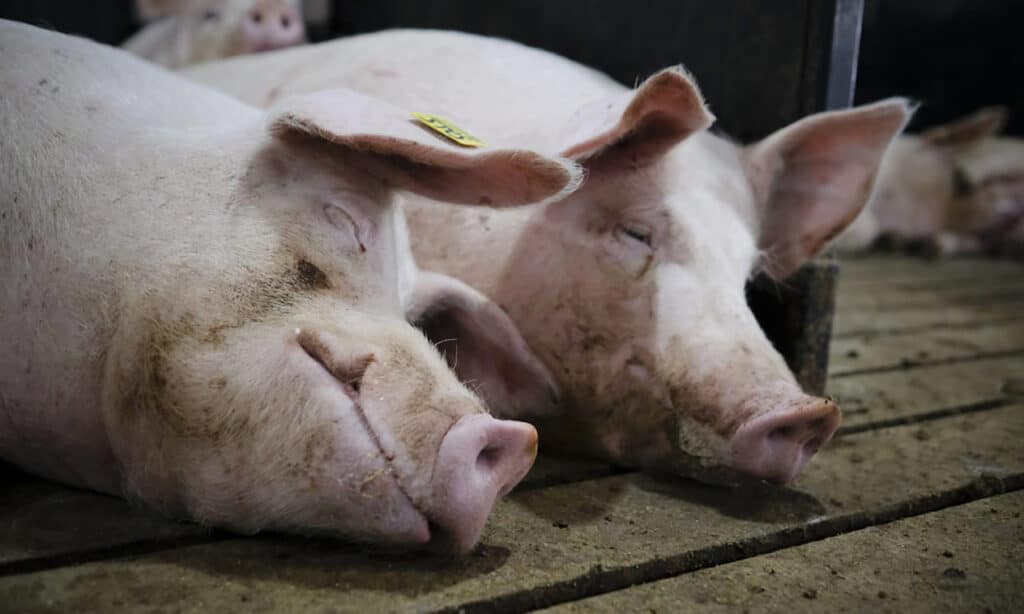Source: Jennifer Shike, Farm Journal’s Pork, 26 August 2020, photo credit: Nedap Livestock Management
The biggest misconception many producers have about lameness in sows is it is something we simply have to live with, says Benny Mote, assistant professor and swine Extension specialist at the University of Nebraska-Lincoln.
“With proper attention to detail in the nucleus and with gilt selectors at the multiplier level, structure can be improved at the commercial level,” Mote says.
Sow structure is the second most common removal reason for most farms. Aside from this direct impact on replacement rate, Mote says lameness is considered an underlying or compounding factor for other removal reasons, too. When sows are lame, they tend to not eat as well.
For example, if sows are group fed, a sow that doesn’t get up to eat as quickly or lays back down after only eating a small amount will lose body condition as her feed allotment can be consumed by sows around her. Thin sows are more prone to shoulder sores and this can be compounded if the sows continue to not consume feed during lactation. Sows that lose too much body condition in lactation can have their future production impacted by delayed return to estrus and/or reduction in following litter size.
Read more
The South African Pork Producers’ Organisation (SAPPO) coordinates industry interventions and collaboratively manages risks in the value chain to enable the sustainability and profitability of pork producers in South Africa.







